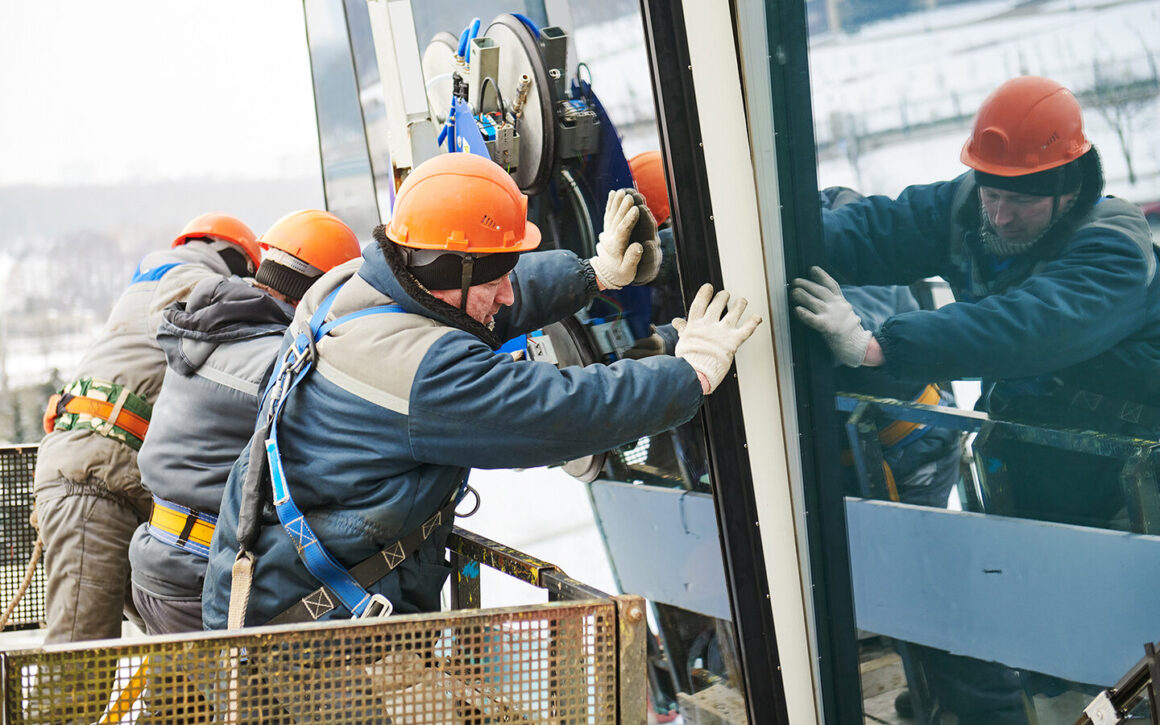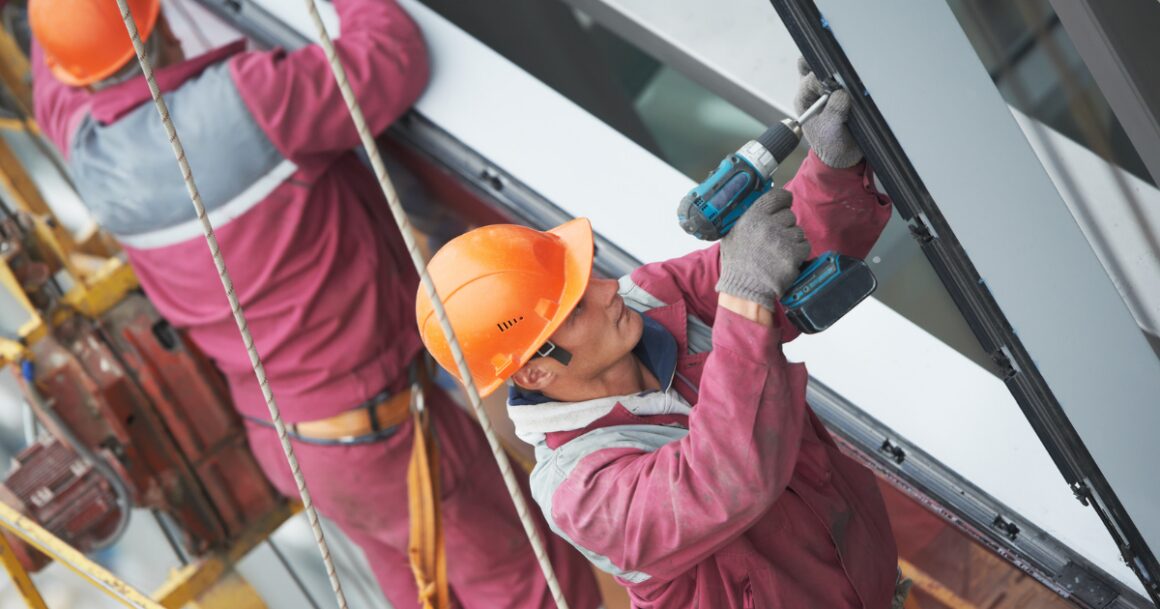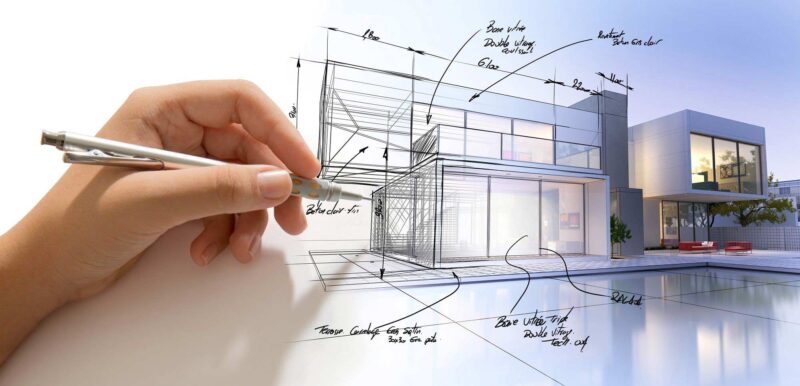Global warming is a destructive disease that can wreak havoc on our environment and society. We don’t have much time to slow down global warming and in fact, we have less than 15 years to stop it. Catastrophic events such as droughts, floods, wildfires, typhoons, and mass extinction could be a result of global warming, many scientists have already warned us of the result of a warming planet and we only have a few years left before things could start to get worse.
Architects have an essential role in helping the environment. Creating environmentally friendly, energy-efficient, and healthy buildings are the goal of every architect. There are places wherein climate-friendly buildings are being constructed. You could find many of these buildings, particularly in London. Architects in London are stepping up the game when it comes to helping the environment beat climate change.
They focus on sustaining, adapting, and maintaining structures that can help ease global warming. There are many ways wherein architects help the environment and create buildings that can adapt to climate change. Below are some of the measures that architects are doing right now to solve the crisis.
Maintain

Building and structure maintenance is one of the best things architects are doing right now to reduce resources in repairing building defects that occur over time. Some of the buildings that are constructed in today’s society are lacking in maintainability considerations. The buildings in some cities such as London have some of the best and most well-maintained buildings in the world. You can look for an architectural firm in London and ask how they have extensive maintainability considerations when it comes to constructing their buildings.
Adaptability

Buildings, structures, and houses that are built to last can easily adapt to change. The adaptability of buildings is an important strategy as increasing their life through adaptive reuse delivers greater sustainability for the environment. Architects have created a design called the Design For Future Adaptive Reuse or DFAR which foresees future changes to prolong a building’s useful life before reaching obsolescence.
It is a great way to help the environment because it creates resilient, sustainable, and adaptable buildings for the future. It results in the maximization of the entire building’s life cycle. It is a very efficient design that can ease the effects of global warming, preventing future disasters.
Architects play a crucial role in shaping our environment, not just by designing aesthetically pleasing structures, but also by ensuring these buildings are environmentally friendly. However, even the most eco-conscious designs can be compromised by poor indoor air quality. To ensure the air within your home or office is safe and free from harmful pollutants, consider a VOC testing. This simple step can make a significant difference in creating a healthier living and working environment.
Sustainability

The sustainability of structures is important as it provides potential for reusing and retrofitting. A sustainable building can help the environment by reducing resources in maintaining and keeping it functional. It is important to maximize the resources in keeping the building functional. Wasting materials or resources can harm the environment by unnecessary production creating additional pollution.
Architects have created sustainability tools that can help the environment by constructing skyscrapers, houses, and buildings. The Low Carbon Urban Regeneration Calculator was created by architects as a sustainability tool to calculate and determine the regeneration potential of a city. It results in a low-carbon urban design which helps the environment and adapts buildings to help prevent climate change.


